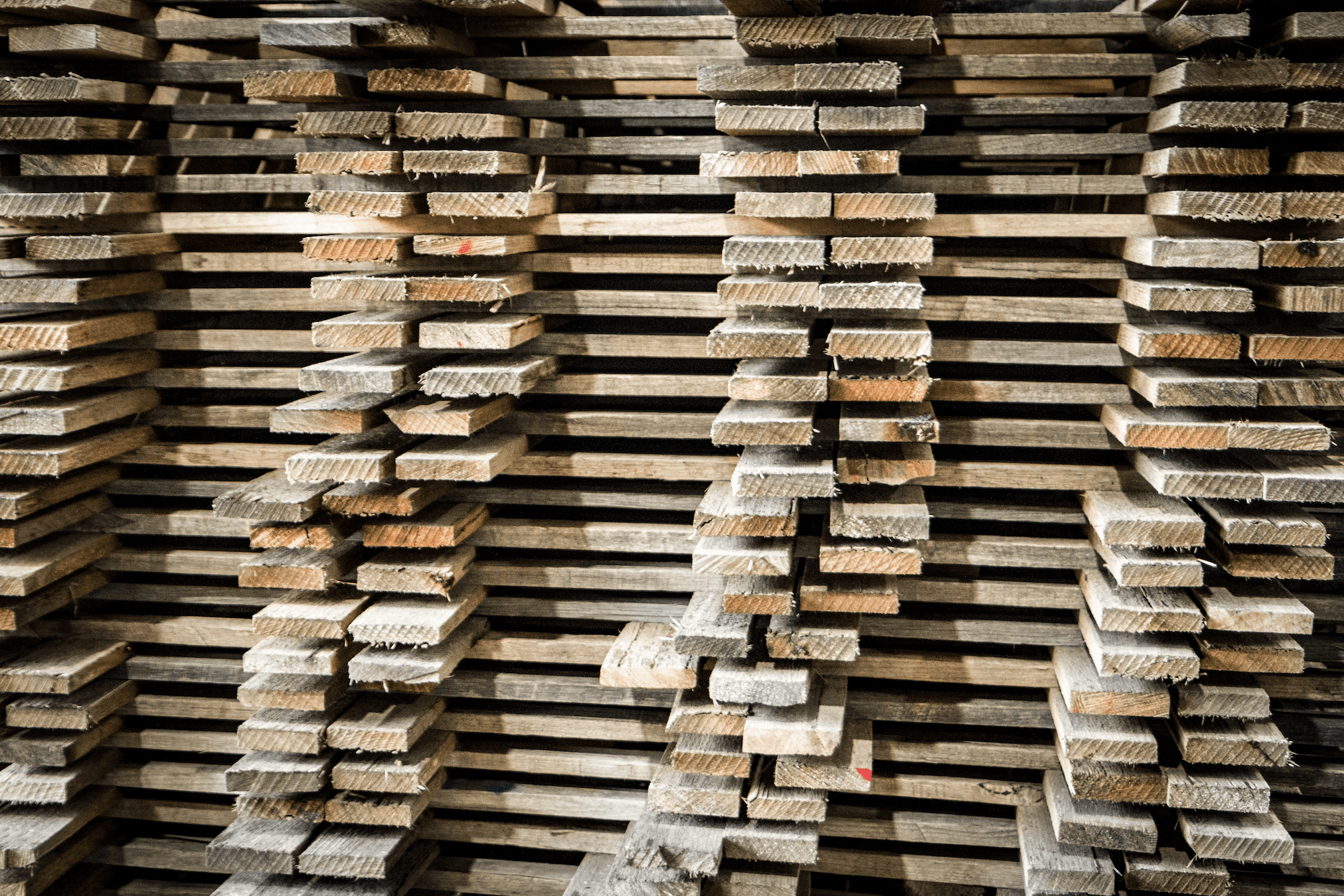How sensor technology is making Tasmanian Timber more valuable
Drying timber is complex. According to the University of Tasmania’s Centre for Sustainable Architecture with Wood (CSAW), on a scientific level, drying timber to perfection should be straightforward. In practice, even the most experienced saw–miller will lament that it is anything but.

CSAW are the national authority on the drying, processing, handling and installation of timber from the forest to the final application. They have determined a way to take their academic know–how into every timber yard in Tasmania. Using sensor technology and a powerful algorithm, they have created a system that ensures timber drying is optimised in both time and grade – making the product far more valuable.
The project was funded by Sense–T, a collaboration between the CSIRO, University of Tasmanian, and the Tasmanian Government.
Michael Lee, Senior Technical Officer at CSAW, said that the system they have developed creates a huge competitive advantage for processors that use it.
“By using this system, processors can tell the market exactly what the drying process has been on their timber with data to back it up. That gives the market confidence that they will minimise the risk of movement, cracking or other issues in situ,” said Michael.
“The optimization of grade and minimisation of avoidable loss then places the timber into a higher potential grade and makes the product more valuable. And, this level of technology is not in place anywhere else in the world especially for hardwoods.”

The Project
In the hardwood sector, the biggest single cost is drying, with processors losing up to 30% to degradation in the drying process.
“Timber is air–dried in timber yards, which means it is exposed to the elements – an uncontrollable variable,” said Michael.
“The sense T project used modern sensing equipment to explore how to modify climate in timber drying yards to get the best possible drying over the quickest possible time. And it was very successful.”
The project brought into play some work that was done 25 years ago by Professor Peter Doe. He and his research group wrote a model for drying timber that was 20 years ahead of its time. The project team used the model as a base for predictive tools for a dashboard.
There were two stages to the project.
· The first part of the project established the tools to determine exactly what was going on inside the timber, inside the yard, in various locations. Three locations that were very different were selected. Sensors were placed inside racks and weather stations around the yards. The timber was then monitored from one end of the process to the other. Finally, the data was imported into the model.
· The second stage looked at modelling air flow to determine how best to lay out timber racks in yards. The resulting model allows processors to set up the right material in the right area to optimize air flow through the seasons. When there is a particular weather condition, processors can move timber accordingly.
CSAW are now looking to roll out a larger scale trial with some Tasmanian processors already investing in the new technology.
Driving innovation
The project is also driving investment and innovation in the industry.
“We’ve got companies looking at pre–drying, looking at shed space, and a whole heap of things that they never would have looked at before.
“Some of the manufacturers have even changed their cutting patterns. They’re going into different markets with different sizes where they didn’t feel confident to go before.”
Stock level prediction
Industry can also use the system for stock level prediction. Processors will know what volume of stock will be available at a given quality, at any given time in the future.

The future: An end to end sense–T platform
CSAW carry out independent services around timber claims up the East Coast of Australia. If a customer experiences issues with a timber product, CSAW investigate the circumstances and provide advice.
“Timber has to be handled and stored properly between the processor and end user. Processors only have control of the timber until it leaves their premises. No matter what the producers do, if the timber is mishandled somewhere along the supply chain there is potential for degradation,” said Michael.
CSAW is looking to extend the sensing suite to provide the same level of modelling all the way through the supply chain.
“Small sensing devices could be sent out with timber packs to ensure that the product is handled correctly right through to the end use.”